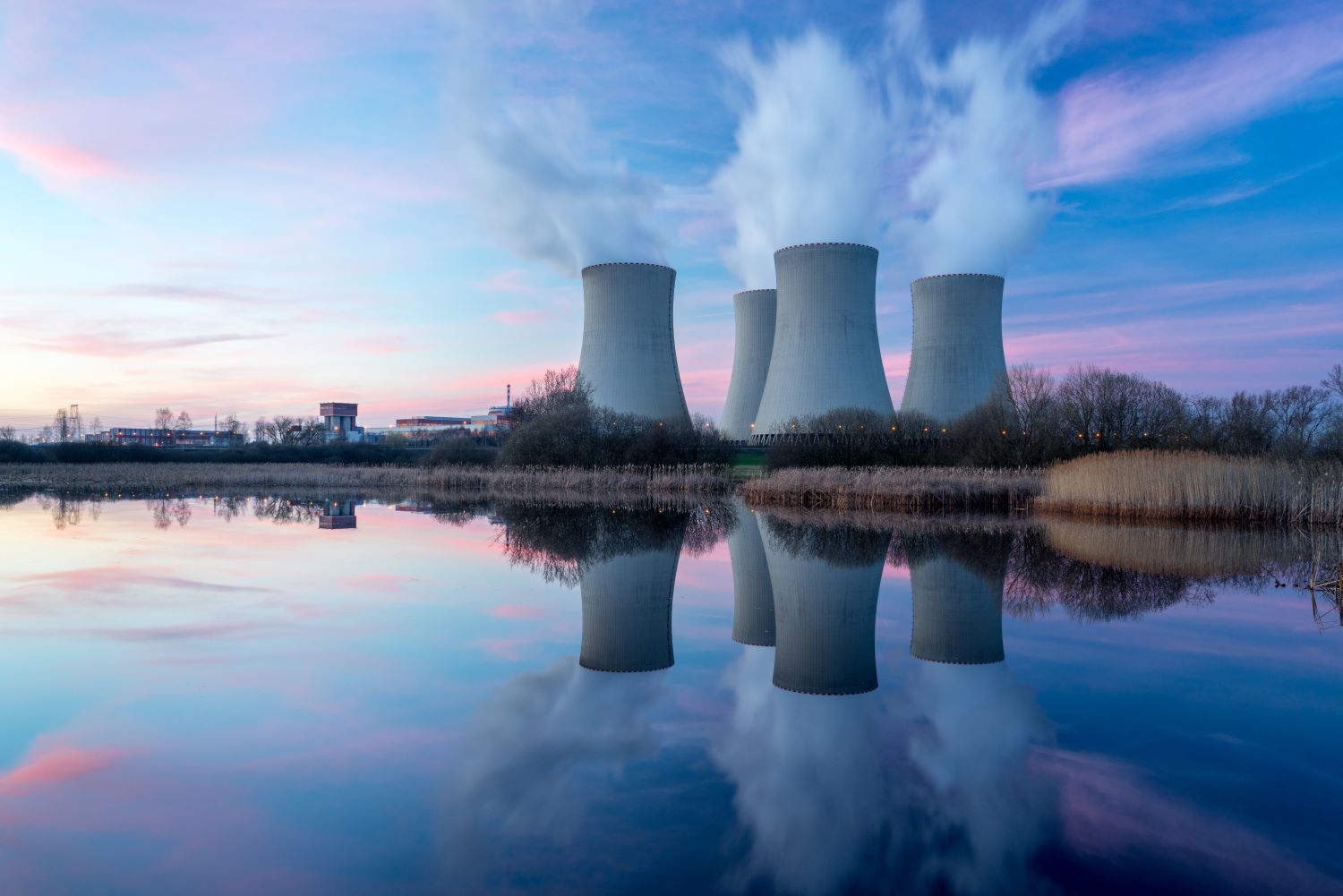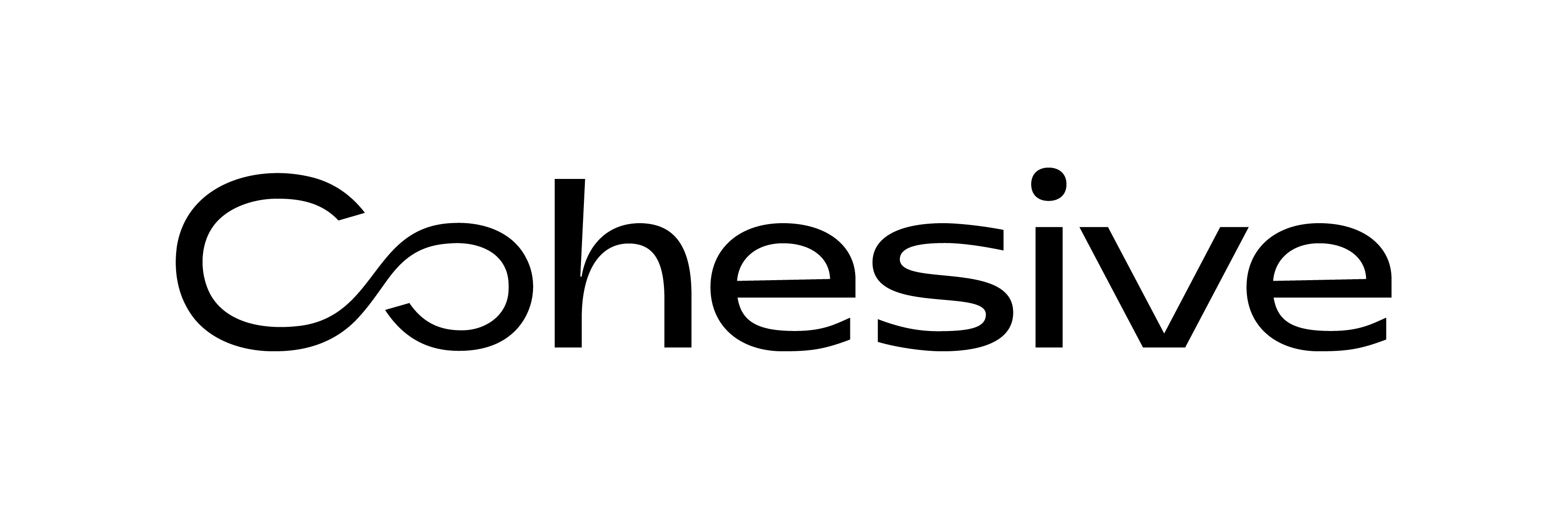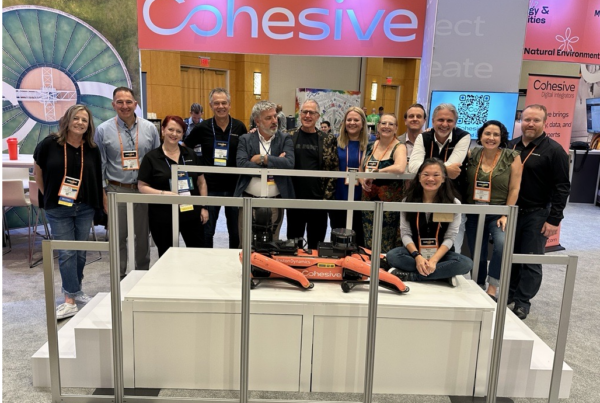Building on Innovation
The year 1951 marked a pivotal moment in human history – the birth of nuclear power. With just four 200-watt lightbulbs, the world witnessed the humble beginnings of what would become a cornerstone of our energy landscape. Fast forward to today, and nuclear energy provides 10% of the world’s electricity through a network of 440 reactors, illuminating not only lightbulbs but entire nations.
In that same era, the landline telephone emerged as a revolutionary communication tool. Back then, written and in-person communication were the norms. But the landline phone laid the foundation for long-distance communication, a foundation that we’ve continued to build upon over the decades.
The world has witnessed remarkable technological advancements, transforming the way we live, from how we communicate to how we harness energy. This tells us innovation alone is not the finish line, but that continuous refinement of innovation, creating solutions to modern-day problems is the true purpose of innovation.

Unlocking the Power of Data in Nuclear Progress
Today, we stand on the cusp of a new industrial, technological, and digital revolution. We have transformed materials, harnessed new sources of energy, and unlocked vast stores of information. This transformation has the power to propel the nuclear industry into uncharted territory, pushing the boundaries of construction, operation, and optimization. At the heart of this evolution lies one critical foundation: data. Advancement and continued innovation hinge on data.
Data, and the invaluable insights it provides, will steer the nuclear industry towards achieving net-zero emissions and meeting global power generation goals. While our industry has often been perceived as slow to adopt change and innovation, history has shown that without risk, there is no reward. It’s time to embrace digitalization and technology as the catalysts for progress.
As our workforce evolves, we must equip the new generation of nuclear professionals with the tools to succeed. Data-driven decision-making is the key to energy sovereignty and carbon reduction. It serves as a powerful force multiplier when harnessed effectively. Without it, organizations will soon begin to fall behind.
Advancing Nuclear through Data and Digitalization
Where do we start? There are questions to start answering around data.
Starting with:
How can we use data and digital tools to expedite the adoption of clean energy nuclear plants, lower construction risk, reduce cost, and expedite the delivery of next-generation assets
- Clean Data: Clean data fuels clean energy. For engineers and constructors to seamlessly navigate the use of data to drive better outcomes, the data must be usable. We ensure this by creating a data governance plan, outlining how we collect, capture, store, analyze, and use data. Protocols were introduced to ensure these data standards are met and identify when they are not.
- Digital Modeling: Fully simulated construction processes and digital modeling provide a mirror of the real world, allowing us to critique and optimize sequences, test different approaches, and enhance risk reduction. This approach extends to maintenance activities and refueling outages, enabling us to simulate the best course of action and streamline schedules
- Digital Roadmap: Recent lessons in new nuclear construction underscore the need for a formal digital roadmap from safety to decommissioning. A digital roadmap guides organizations in aligning their business goals and objectives with digital solutions that drive achievement and success, outlining what solutions will be used and how. The comprehensive strategy yields significant savings in schedule, safety, and quality, bringing us closer to realizing the potential of nuclear power.
- Guidance and Confidence: A strategy is only as good as the confidence in it. Nuclear organizations need to have an unwavering belief in the power of data and technology to advance their designs, construction, operations, and decommission of nuclear assets. Working with a designated digitalization guide to develop your strategy, plan, and implementation will drive higher success and better outcomes, strengthening the team’s knowledge and application of the solutions and how to implement them for the best outcomes.
(Experience + Systems) * Data = Significantly better outcomes across the board.
What are the barriers, you ask? Short-sighted decision-making, a lack of awareness regarding the power of data and digitalization, misalignment among stakeholders, and partnering with the wrong integrators are some of the challenges. We must break down these barriers through education, awareness, collaboration, and a commitment to achieving remarkable results in the new nuclear era.
The technologies and systems to drive this transformation exist today, from 5D and 6D dimensions that consider cost, sustainability, and facility management. It’s time for the nuclear industry to harness these advancements and take the lead in powering our future.








